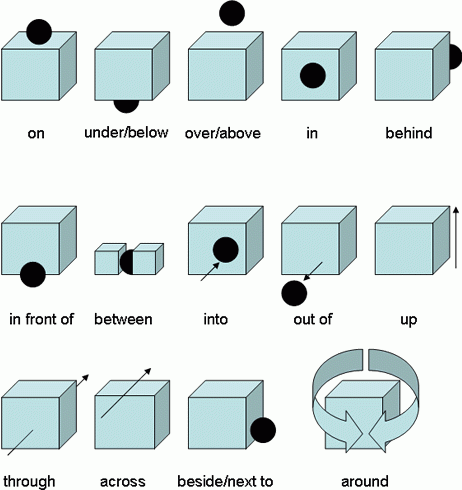Last summer (2012), I participated in a roundtable discussion with Therese Grisham and Julia Leyda on the subject of “Post-Cinematic Affect: Post-Continuity, the Irrational Camera, Thoughts on 3D.” Drawing on Steven Shaviro’s book Post-Cinematic Affect, and looking at films such as District 9, Melancholia, and Hugo, the roundtable appeared in the multilingual online journal La Furia Umana (issue 14, 2012). For some reason, the LFU site has been down for a few weeks, and I have no information about whether or when it will be back up. Accordingly, I wanted to point out for anyone who is interested that you can still find a copy of the roundtable discussion here (as a PDF on my academia page). Enjoy!
Tag: La Furia Umana
Post-Cinematic Affect: Post-Continuity, the Irrational Camera, Thoughts on 3D
 [UPDATE: It appears that La Furia Umana is down right now. In the meantime, you can find the roundtable discussion here as well: http://www.academia.edu/1993403/_Post-Cinematic_Affect_Post-Continuity_the_Irrational_Camera_Thoughts_on_3D_]
[UPDATE: It appears that La Furia Umana is down right now. In the meantime, you can find the roundtable discussion here as well: http://www.academia.edu/1993403/_Post-Cinematic_Affect_Post-Continuity_the_Irrational_Camera_Thoughts_on_3D_]
Issue #14 of La Furia Umana just came out, and in it you’ll find a roundtable discussion between Therese Grisham, Julia Leyda, and myself on the topic of “post-cinematic affect” — Steven Shaviro’s term for the contemporary media environment, following cinema’s displacement as the twentieth century’s dominant medium. This is the second roundtable discussion on the topic, the first (involving Julia Leyda, Nicholas Rombes, Steven Shaviro, and Therese Grisham) having also appeared in La Furia Umana (here). While the first roundtable focused on the first two Paranormal Activity films, the discussion this time around touches on District 9, Melancholia, and Hugo, among others, and reflects on “post-continuity,” the “irrationality” of contemporary cameras, and the uses and abuses of 3D. In my own responses, I also connect these things to the topic of plurimedial seriality. Originally, Steven Shaviro was also scheduled to participate in the discussion, but he unfortunately had to withdraw due to other commitments (you can get a feel for how busy he’s been lately from his recent blog posts). Nevertheless, I think the discussion worked out quite nicely, and a further collaboration between Shaviro, Grisham, Leyda, and me is in the works. More on that soon…
“…where everything is marginal or contiguous to everything else…”
[UPDATE: You can find the complete text of the roundtable discussion here.]
Currently, I am engaged in a roundtable discussion with Therese Grisham, Julia Leyda, and Steven Shaviro on the topic of the post-cinematic. The discussion, organized and moderated by Therese, is to appear in the excellent online journal La Furia Umana, where it will follow an earlier discussion of the topic (which focused on the first two Paranormal Activity films). I don’t want to give away too much right now, but I thought I’d offer a short preview here. What follows is the crux — and in this context, “the crux” is synonymous with “some marginal snippets” — of my answer to an excellent question posed by Therese. You’ll have to wait, though, to find out what the question was…
***
…whereas the characters in classical cinema provided the central focus and occasions for dramatic interest in a story-world that unfolds according to its own internally defined logics, and whereas the camera served alternately to disclose this world in the manner of a transparent window or, more exceptionally, to announce its own presence as an (uncanny or self-reflexive) object of perception, the radically indeterminate cameras of post-cinematic filmmaking serve … to displace the characters, to take them out of the center of perceptual attention and instead situate them marginally with respect to a total environment of inhuman image production, processing, and circulation – and to situate us as viewers accordingly.
…there is a reversible relation between the post-cinematic diegesis and the nondiegetic ecology of our post-cinematic world, and it is occasioned precisely by a camera that no longer situates us as subjects vis-à-vis the film-as-object, but instead institutes a pervasive relation of marginality, where everything is marginal or contiguous to everything else. This corresponds to a specifically post-cinematic mode of address: the camera no longer frames actions, emotions, and events in a given world, but instead provides the color, look, and feel of the film qua material component or aspect of the world – of our world…
The post-cinematic camera, in short, modulates the affective character of the wider world; it does not bracket that world out or substitute one of its own making – for it remains indeterminately contiguous to every level of the contemporary real, including the physical, the imaginary, and the virtual.

